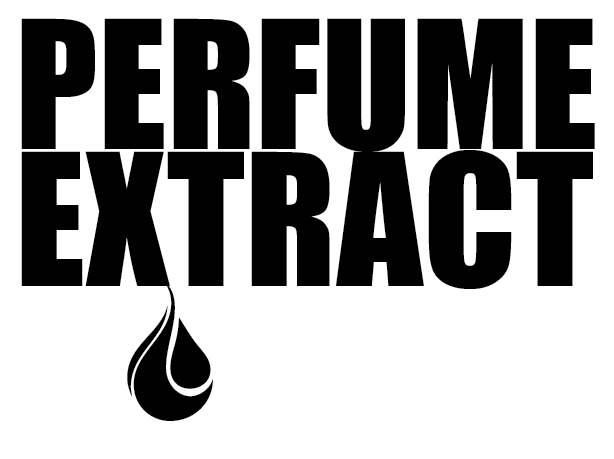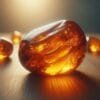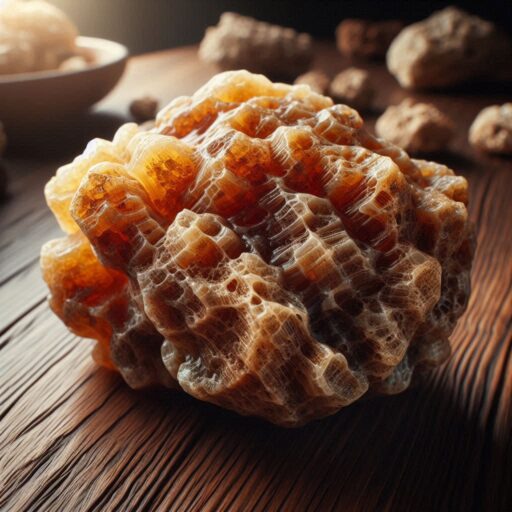Aldehyde C11 Undecyclic
£7.64 – £169.99Price range: £7.64 through £169.99
Odour description (decreasing): Waxy, Soapy, Floral, Aldehydic, Citrus, Green, Fatty, Fresh, Laundry
Aldehyde C11 Undecyclic
Undecanal
A colourless, oily liquid, Aldehyde C11 is a component of perfumes, although naturally occurring in citrus oils, it is more commonly produced commercially by Hydroformylation of Decene.
Probably the most commonly used aldehyde for its “Aldehydic” effect.
Use in conjunction with other aldehydes up to levels of a couple of percent. Trace amounts of this aldehyde give a beautiful, rich and natural floral effect.
Classified as bitter and fresh. which makes it a great component to any Aldehydic composition.
Arctander describes C11 as: “Powerful, mildly waxy, rosy-citrusy odor of moderate to good tenacity. The odour could be classified as one of the prototypes of the term: ‘aldehydic’ door.” It’s unusual diffusive power, the lift and radiation it can introduce in a fragrance, are highly appreciated effects; even in soap perfumes. As a supporting note to Rose, Ambre, Moss and many other fragrance types, it is a very versatile material.”
C11 is a particularly awkward material that can tend to solidify at room temperature if not diluted, so a warm water bath may be required if storage of the material in its raw state is preferred.
Product specification.
CAS No: 112-44-7
Odour Description at 1% in DPG (decreasing): Waxy, Soapy, Floral, Aldehydic, Citrus, Green, Fatty, Fresh, Laundry
Odour Strength: High (recommend smelling in a 1% solution or less)
Usage: Effective from the smallest traces, through to 1%
Substantivity: 72 hour(s) at 100%
Solvent: None
Synonyms: Aldehyde C11 ENIC (Undecanal), Undecanal 97, Aldehyde C11 Undecylic (Undecanal)
IFRA:
Hazard statements:
- H315 Causes skin irritation.
Precautionary statements:
- P280 Wear protective gloves/protective clothing/eye protection/face protection.
- P302+P352 IF ON SKIN: Wash with soap and water.
- P332+P313 If skin irritation occurs: Get medical advice/attention.
- P362 Take off contaminated clothing and wash before reuse.
Professional/Industrial use only.
| Volume | 10ml, 30ml, 100ml, 250g, 500g, 1kg |
|---|
1 review for Aldehyde C11 Undecyclic
Add a review Cancel reply
Please Login To Download Attachment
Related products
Odour description (decreasing): Sandalwood, Creamy, Warm, Sweet, Velvety, Soft. Powerful, Diffusive & Fixative
Earn up to 1,600 points. This product has multiple variants. The options may be chosen on the product pageOdour description (decreasing): Amber, Ambergris, Woody, Dry, Clean, Diffusive & Fixative
Earn up to 13,000 points. This product has multiple variants. The options may be chosen on the product pageOdour description (decreasing): Musk, Powdery, Sweet, Floral, Ambrette-like, with Woody, Spicy & Vanilla Nuances
Earn up to 750 points. This product has multiple variants. The options may be chosen on the product pageOdour description (decreasing): Floral, Rose, Fresh, Sweet, Green, Waxy, Leather
Earn up to 500 points. This product has multiple variants. The options may be chosen on the product pageOdour description (decreasing): Floral Cyclamen, Fresh, Linden Blossom, Green, Rhubarb
Earn up to 1,100 points. This product has multiple variants. The options may be chosen on the product pageOdour description (decreasing): Creamy, Dairy, Milky, Earthy, Ketonic, Waxy, Lactonic, Vanilla, Cheesy
Earn up to 1,200 points. This product has multiple variants. The options may be chosen on the product pageOdour description (decreasing): Velvety, Silky, Woody, Dry, Ambergris, Lemon, Floral. Diffusive & Fixative
Earn up to 2,800 points. This product has multiple variants. The options may be chosen on the product pagePerfumer's Alcohol
Earn up to 200 points. This product has multiple variants. The options may be chosen on the product pageLow odour, high quality grade diluent.
Earn up to 200 points. This product has multiple variants. The options may be chosen on the product pageOdour description (decreasing): Rancid Butter, Sour
Earn up to 800 points. This product has multiple variants. The options may be chosen on the product pageOdour description (decreasing): Sweet, Spicy Clove, Woody, Dry with Phenolic, Cinnamon and Allspice Nuances.
Earn up to 900 points. This product has multiple variants. The options may be chosen on the product pageOdour description (decreasing): Fruity, Green, Woody. Cedar, Pine, Liquorice, Anise, Ozonic, Incense like.
Earn up to 600 points. This product has multiple variants. The options may be chosen on the product page
















suson.teodor (verified owner) –
Aldehyde C11 Undecyclic – Fresh, waxy, and citrusy — adds sparkle, lift, and diffusion to floral and soapy accords.